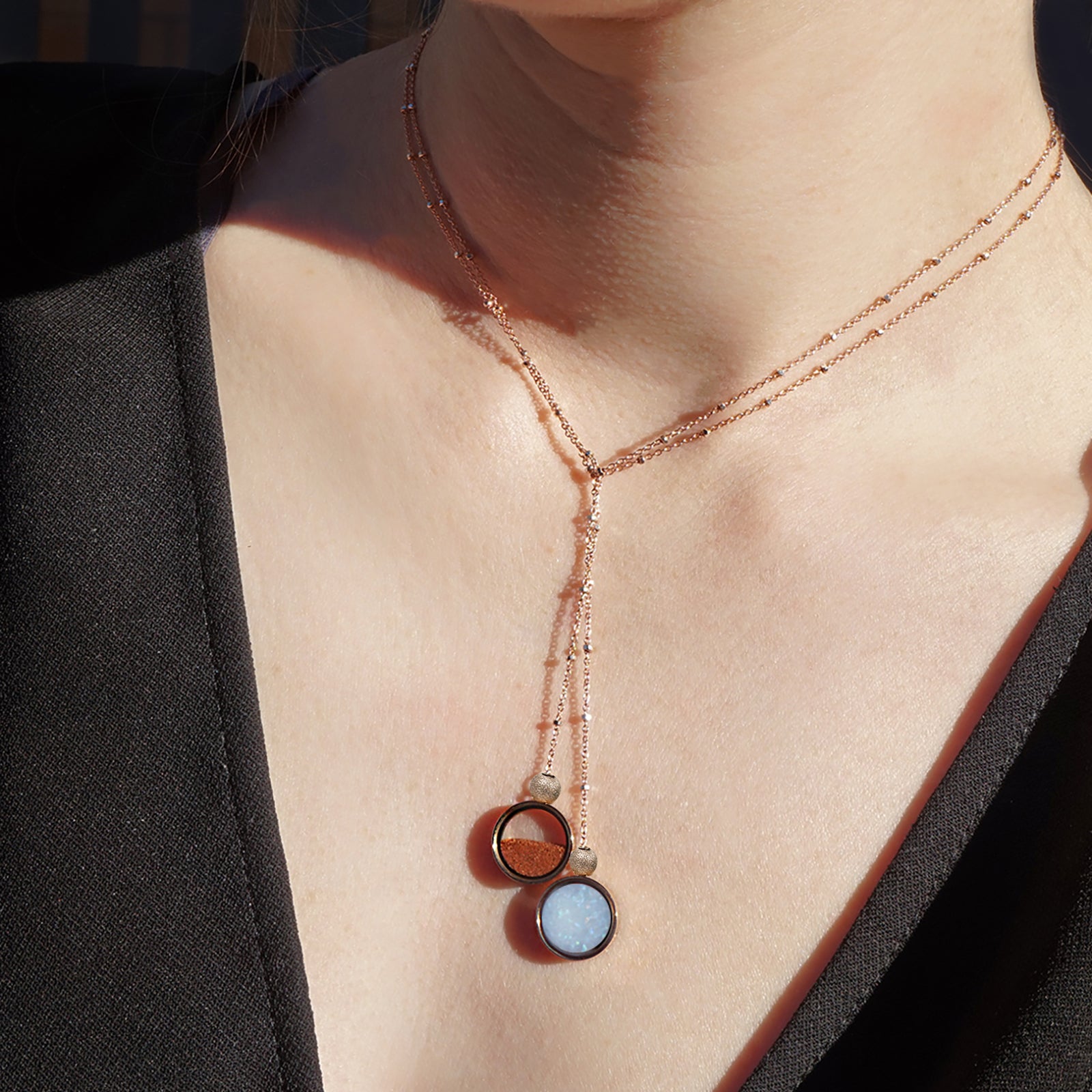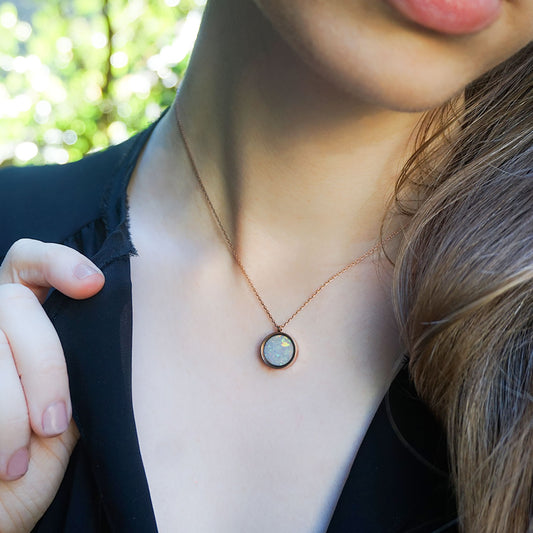Your Comprehensive Buyer’s Guide to Navigate the World of Australian Opals
Investing in high-end opal goes beyond being captivated by its colour; it requires a thoughtful approach to verifying its authenticity and understanding its value, a crucial aspect for these exquisite gemstones.
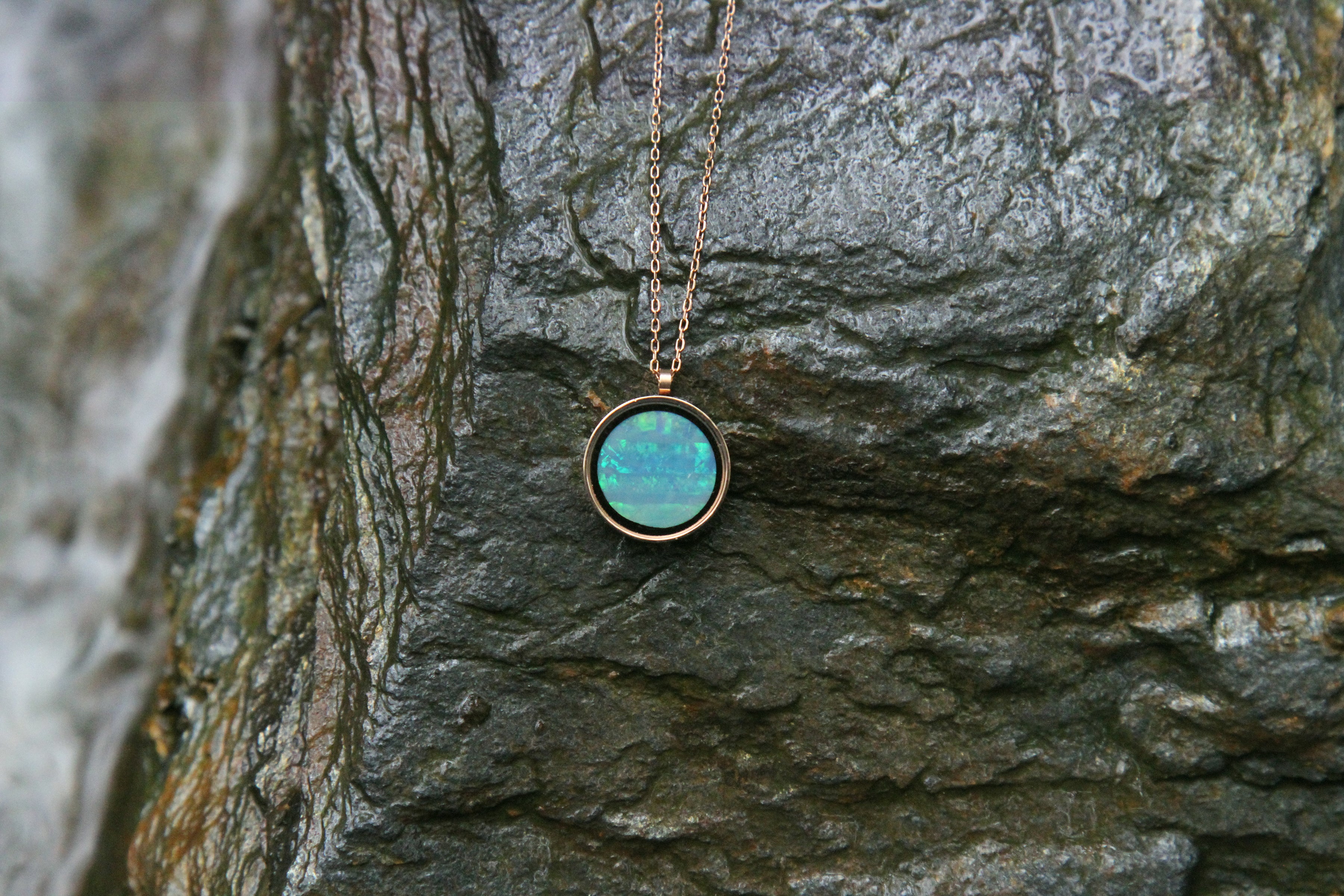
The Challenge of Discerning Authenticity
Distinguishing between genuine and imitation stones can be daunting. Real expertise is often needed to identify a true gem amongst fakes. Familiarizing yourself with industry terminology is crucial in assessing a stone’s value and authenticity.
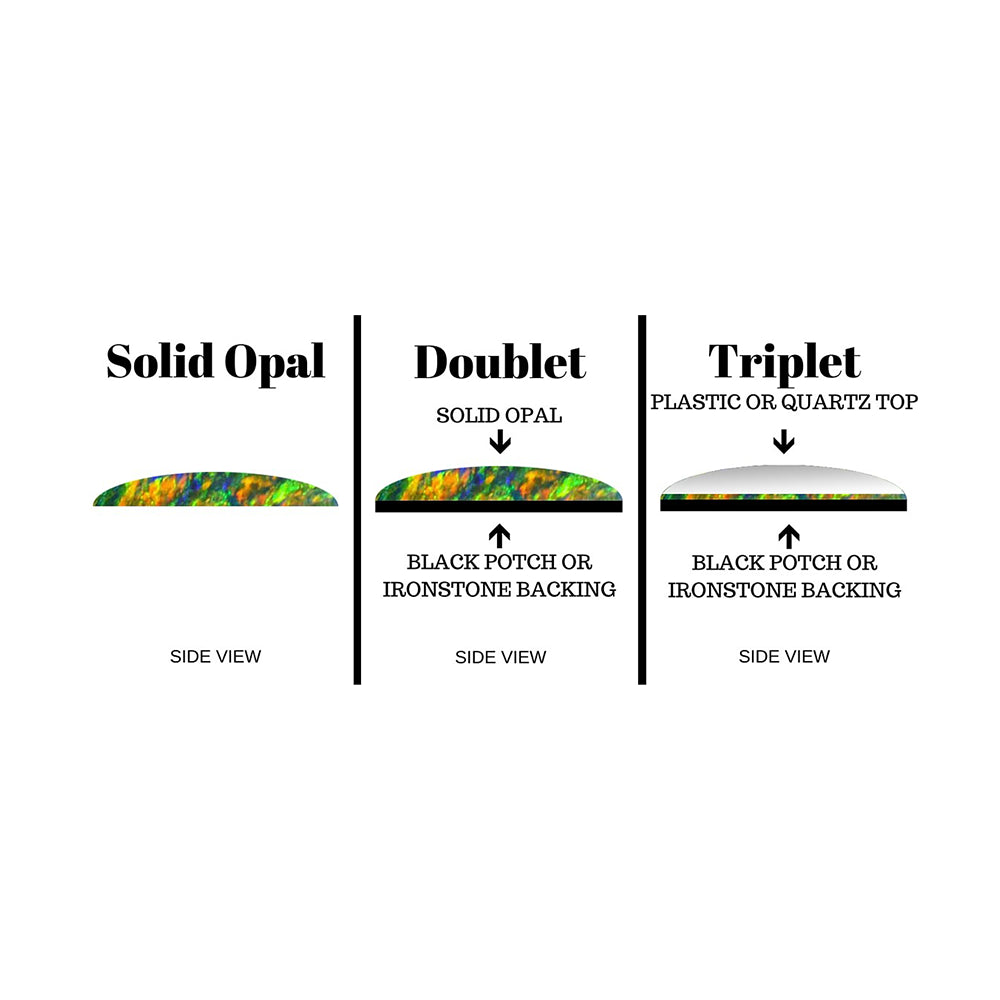
Understanding Opal Varieties: Solid vs. Composite
Opals, known for their enchanting beauty, are often misrepresented in the market. Lab-created opals, along with cheaper alternatives known as Doublets and Triplets, lack the rigorous quality standards of solid opals and hence, carry less value. Despite this, they are sometimes sold at prices comparable to their more prestigious counterparts.
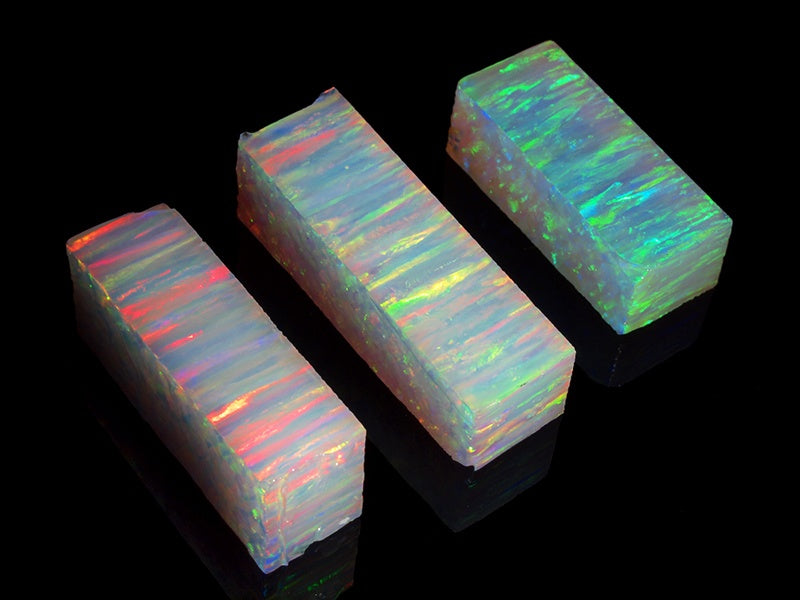
The Intricacies of Valuing Opals
Valuing an opal is a nuanced process, more so than even diamonds, involving a detailed assessment of colour, pattern, brightness, shape, inclusion, body tone, and origin. It’s also crucial to differentiate between natural and treated opals, as they hold considerably higher value.
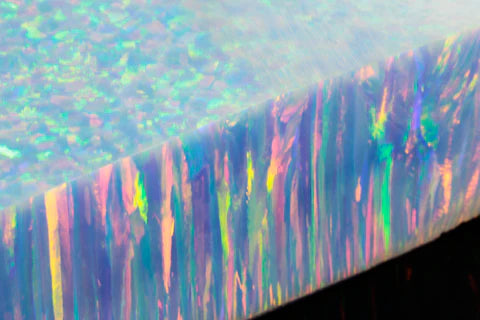
Is My Opal Genuine?
To verify the authenticity of an opal, consider:
- Pattern Examination: Genuine opals display less uniform patterns and more colour variability, unlike the 'too perfect' appearance of synthetics.
- Texture Insights: On viewing the opal sideways, a synthetic might reveal straight, column-like patterns, then the opal is likely synthetic.
Why Opt for Australian Opal?
Australia is the epicenter of opal mining, producing the most sought-after varieties. Despite their higher price, the uniqueness of each Australian opal justifies its cost.
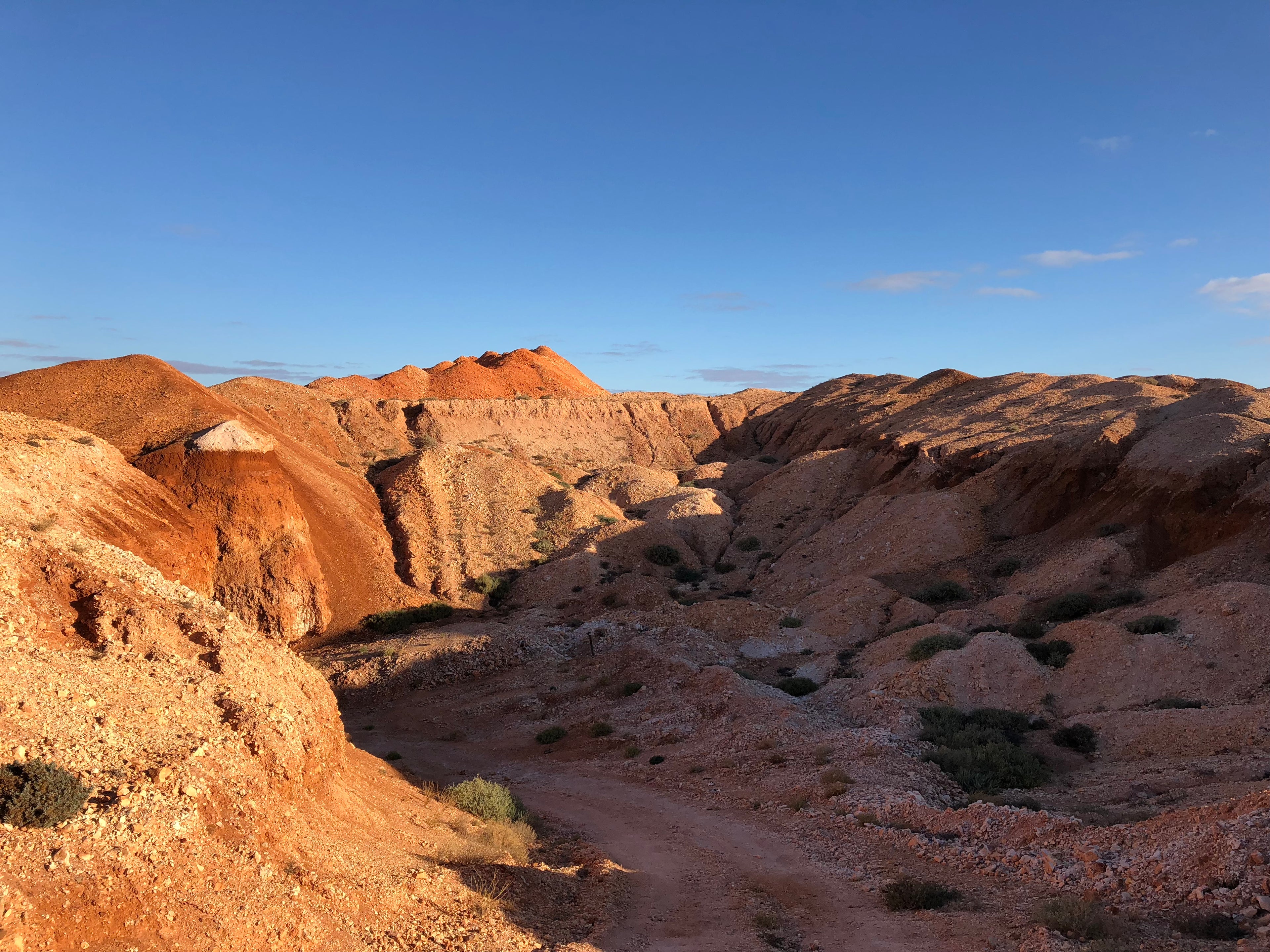
Australian Gemstones
We meticulously select our gemstones in their purest, natural form, sourcing them primarily from independent miners across Australia.
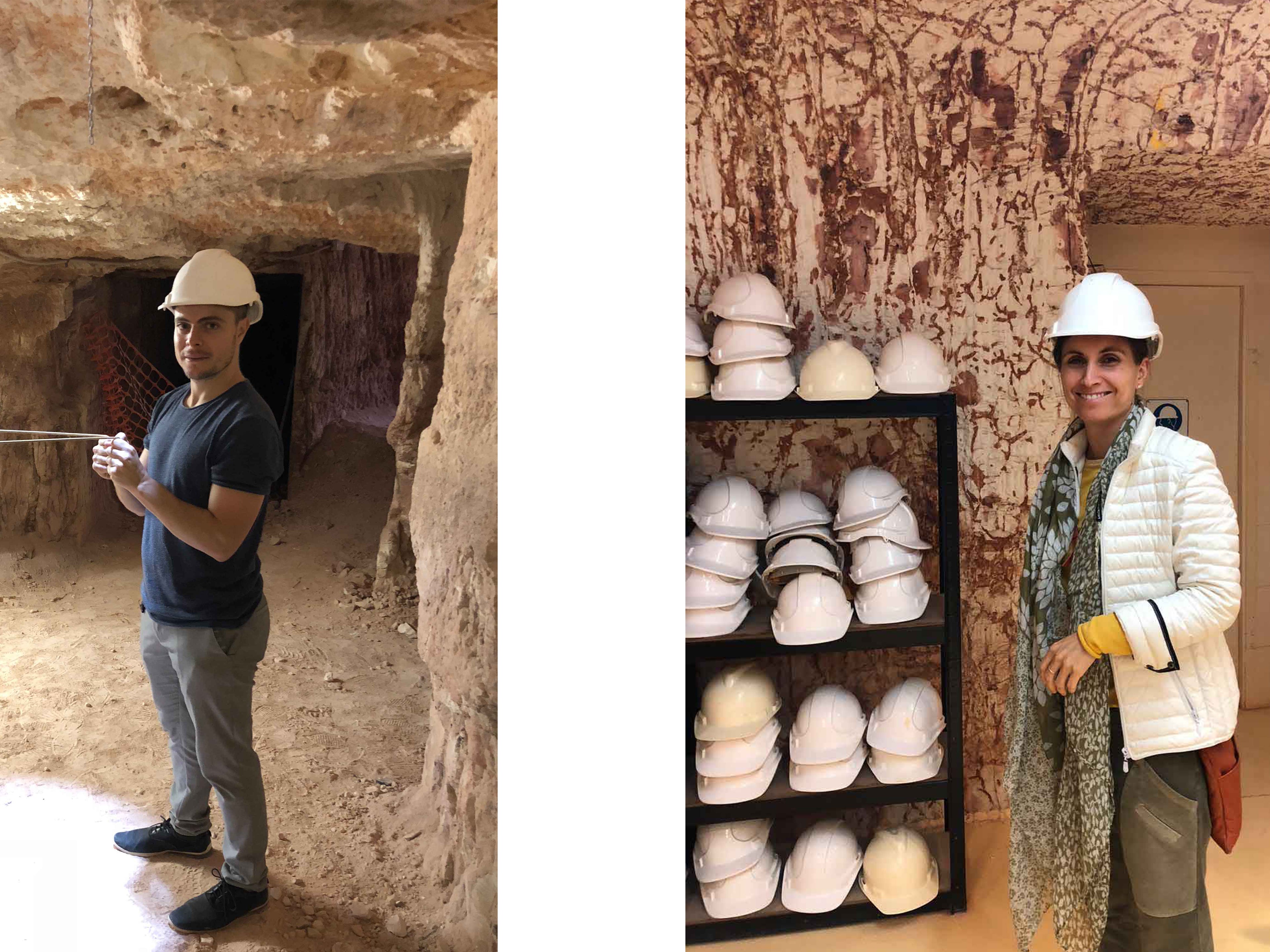
Modernizing Opals: A Modern Setting
After our memorable journey to Coober Pedy in South Australia, we've developed a passion for sharing our knowledge and appreciation of opals. Despite their inherent beauty, opals have often been relegated to traditional settings by the jewelry industry. We strive to infuse modernity into our designs, inviting you to rediscover the timeless allure and true essence of opals.
Australian Opal Most Common Varieties
-
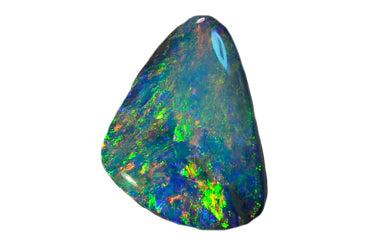
Black Opal
Harvested from Lightning Ridge, this variant is prized for its dark body tone.
-

White Opal
Sourced from South Australia, known for its lighter body tone and rarity.
-
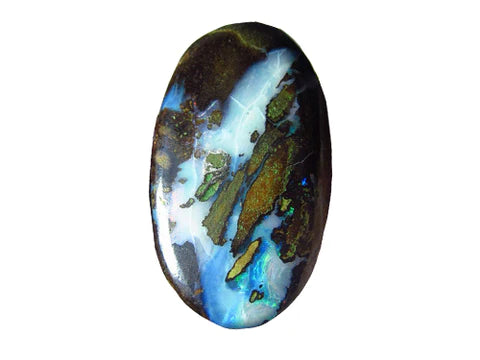
Boulder Opal
Unique to Queensland, these opals feature a mesmerizing mix of opal and ironstone layers.
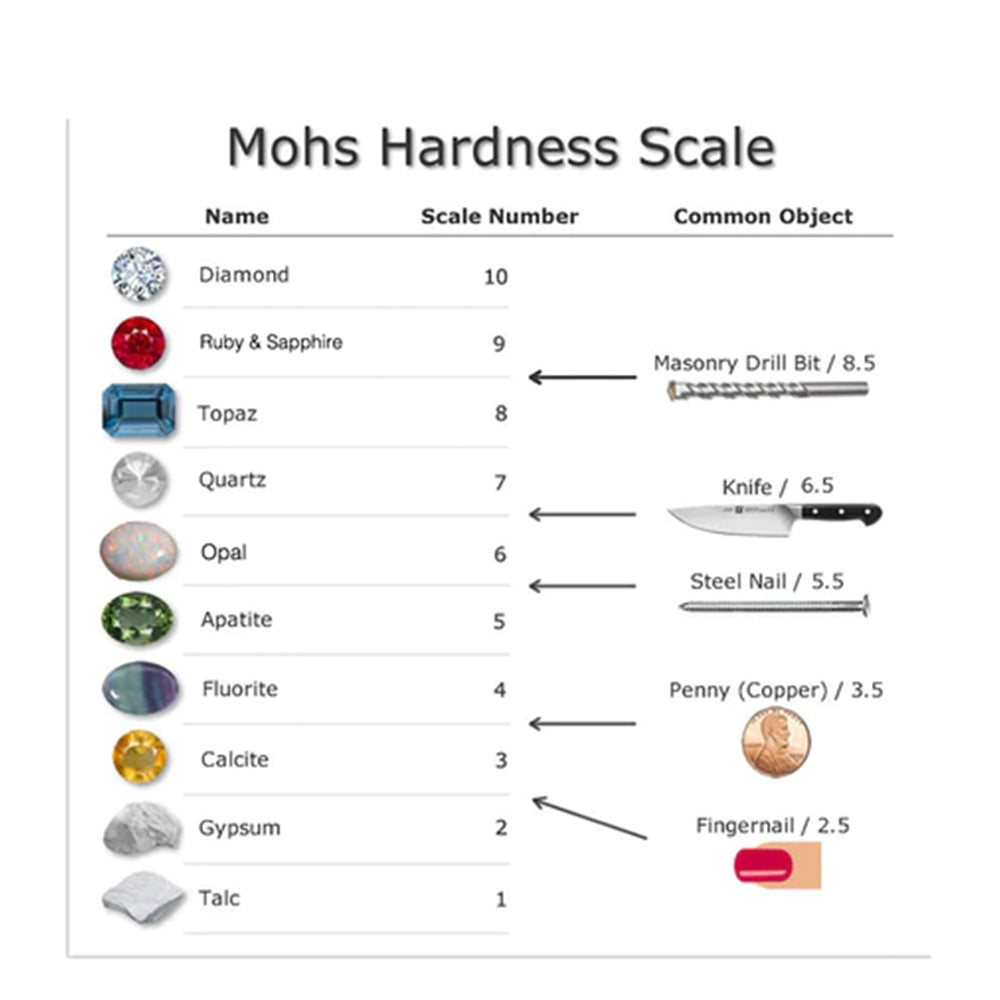
The Science of Stone Hardness and Setting
The Mohs Hardness Scale guides the selection of jewelry settings based on stone hardness. While diamonds, rubies, and sapphires can endure more exposed settings due to their hardness.
In contrast, opals rank much lower on the Mohs Scale, typically between 5.5 and 6.5. Despite their captivating play-of-color and unique beauty, opals are relatively soft compared to other gemstones. As a result, they require special care and consideration when it comes to jewelry settings.
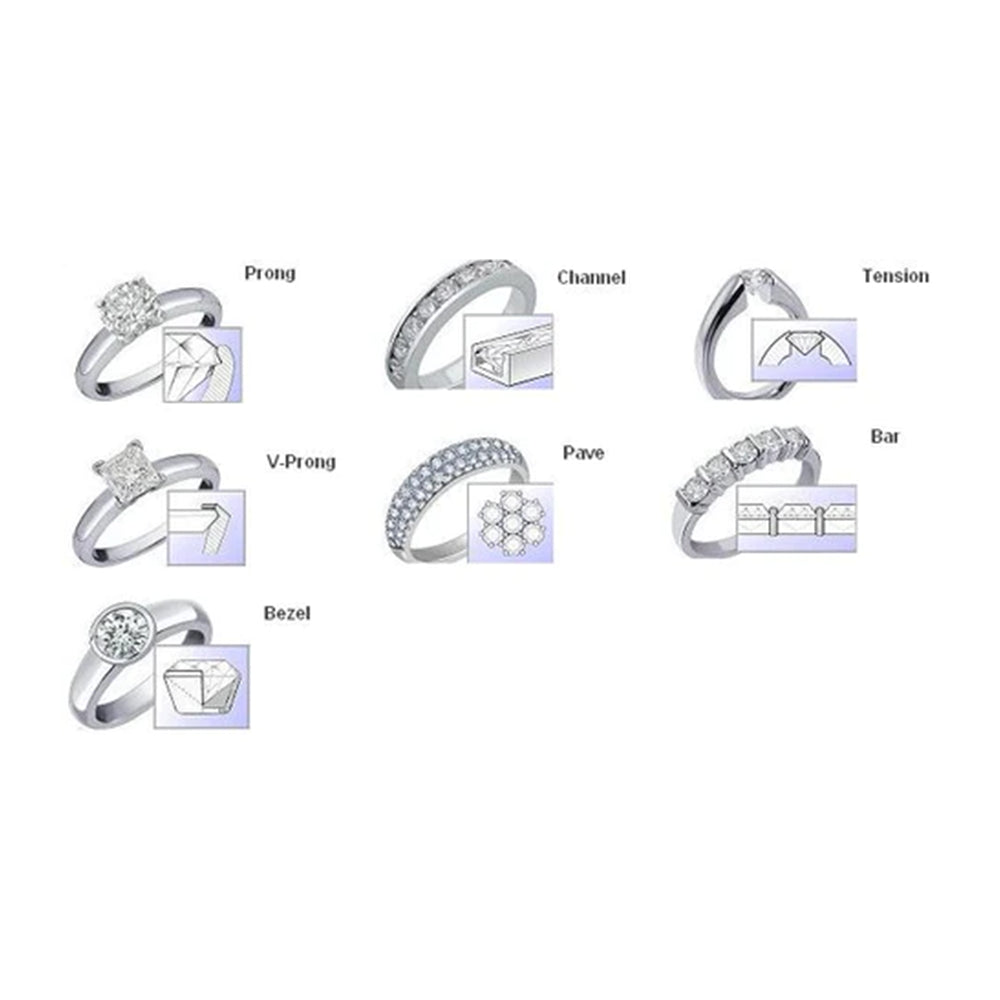
Innovative Setting for Opals
The fragility of opals is mainly due to their internal structure. Unlike other gemstones that are crystalline, opals are made up of silica particles in a non-crystalline arrangement. This structure makes them more sensitive to shock, pressure and temperature changes.
Given their delicacy, we've pioneered a setting technique that protects opals without obscuring their beauty. Discover this method in our article below, designed to safeguard your investment in soft stones.
Purchasing opal jewelry is a journey into a world of colour and light. By understanding the nuances of opal quality and care, you can make informed choices that ensure your jewelry not only dazzles but also endures.
Opal Collection
